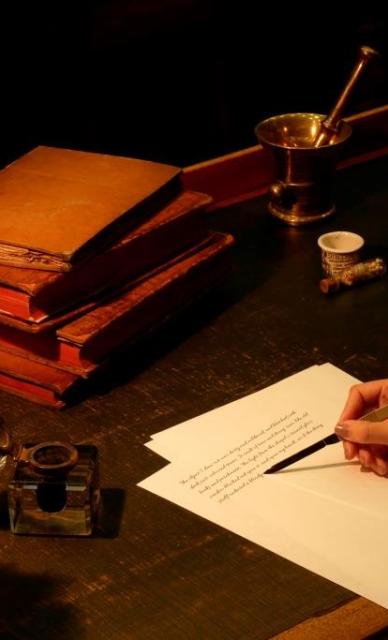Physicians' Gallery Newsletter
Updates on upcoming events, exhibitions and online stories
(1 August 1695 – 1779)
President

Rutherford was appointed to the chair of the practice of physic at Edinburgh University in 1724
He was president of the Royal College of Physicians of Edinburgh from 1752 to 1756
John Rutherford was born on 1 August 1695 to John Rutherford, a minister in Selkirkshire. He enrolled at the University of Edinburgh in 1709 and studied an ordinary arts course. Rutherford was apprenticed to Alexander Nesbit, an Edinburgh surgeon, until 1716. Rutherford moved to London and attended various hospitals, studying anatomy and surgery. From London, Rutherford travelled to Leiden where he studied under Boerhaave. He obtained his MD from Rheims on 31 July 1719 before travelling to Paris.
In 1720, Rutherford returned to Britain and settled in Edinburgh in 1721. Together with other eminent physicians, Rutherford helped establish a laboratory for the preparation of compound medicine. He also taught the rudiments of chemistry and lectured on other branches of physic, based on the teachings of Boerhaave. On 9 February 1726, he was appointed professor at the University of Edinburgh. Rutherford had also been elected chair of the practice of physic.
Rutherford was the first to pioneer clinical teaching of medicine at Edinburgh, and was the first in Britain to do so. In 1748, Rutherford began giving clinical lectures at the Royal Infirmary. He encouraged his students to bring patients to him and then would make a diagnosis and prescribe a course of treatment in the presence of his class. This was so innovative and successful that the number of students increased rapidly.
Rutherford was married twice. The daughter from his first marriage, Anne, married Walter Scott, and their son was Sir Walter Scott, eminent author. Rutherford’s second marriage produced Daniel Rutherford, who discovered nitrogen. Rutherford died in Edinburgh in 1779 and was buried in Greyfriars kirkyard.

Physicians' Gallery Newsletter
Updates on upcoming events, exhibitions and online stories